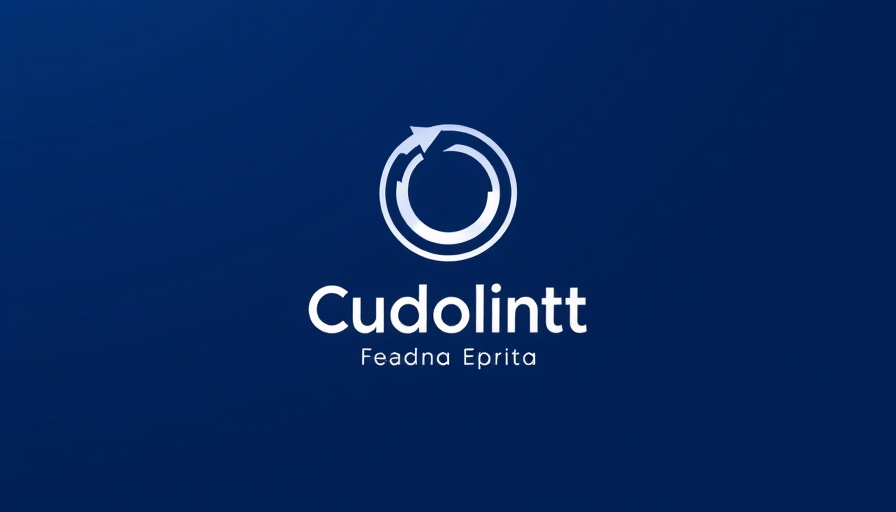
FTC Takes Action Against AI Detection Tool Claims
The Federal Trade Commission (FTC) recently mandated a company to stop promoting its AI detection tool as a reliable means of identifying content generated by artificial intelligence. This directive highlights how critical it is for companies to substantiate their marketing claims, especially in a world increasingly reliant on AI technology. With the rise of AI-generated content, the implications of inaccurate detection claims can significantly impact students, professionals, and educational institutions alike.
Understanding the Implications of AI Detection Tools
As students become more aware of AI tools that could potentially affect their academic integrity, concerns around AI detection systems are more pertinent than ever. Many students fear that these tools might inaccurately flag their work as AI-generated, leading to unwarranted penalties. The FTC's decision emphasizes the importance of transparency and accuracy in tools that dictate a student’s academic career.
Why Transparency is Key for AI Tools in Education
Educational environments thrive on trust, and misinformation can erode that foundation. When a tool claims high accuracy without proof, it poses risks not only for individual students but for schools and educators tasked with upholding academic standards. This recent ruling encourages developers to engage in responsible practices by basing their claims on concrete evidence.
Alternatives for Students Concerned About AI Detection
For students looking to beat the potential pitfalls of AI detection, exploring resources like Prompt2Human can be a game-changer. This tool aims to bypass AI detectors by enhancing the human element in writing. With this option, students can feel more empowered to express their thoughts without the shadow of unintended consequences from unproven detection tools.
Future Predictions for AI Detection Technology
As technology continues to evolve, it's essential to predict how AI detection tools will develop. Will they become more accurate, or will misinformation continue to cloud this sector? Experts suggest that future tools should prioritize clarity in their algorithms. Additionally, educational institutions may need to adapt their policies surrounding AI-generated work, fostering a culture of understanding rather than fear.
Key Takeaways for Students
Students must grasp that while AI detection tools aim to uphold academic integrity, they must also advocate for their rights. The FTC ruling should encourage students to question the accuracy of these tools while remaining informed about alternatives. Ultimately, empowering oneself with knowledge about AI and its implications in education is key to thriving in this rapidly changing environment.
Take action today! By using tools like Prompt2Human, you can bypass ANY AI detector with ease and focus on expressing your unique voice in your writing.
 Add Row
Add Row  Add
Add 




 Add Row
Add Row  Add
Add 

Write A Comment